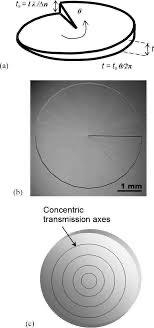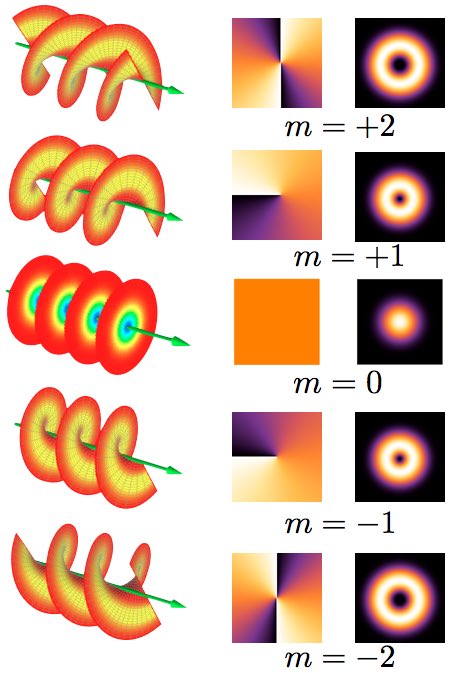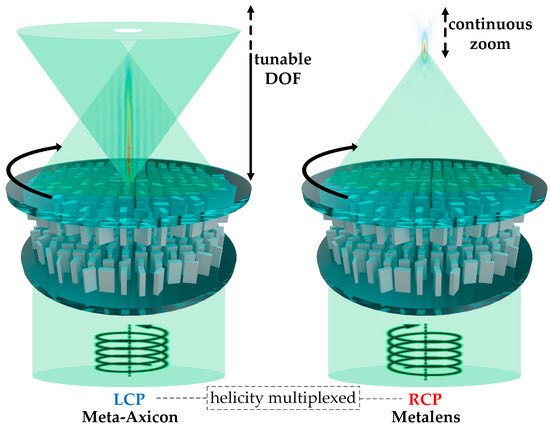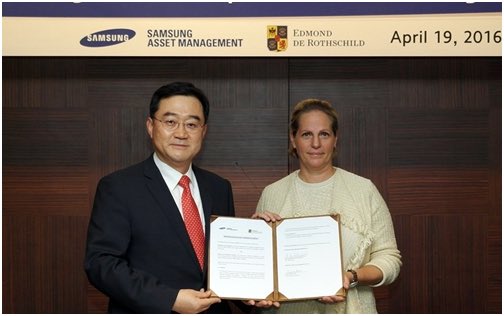'It Was A Nightmare Idea…': Drama At Ex-PM Boris Johnson's Hearing On Co... via @YouTube
A waveplate has two axes: a fast axis and a slow axis, which are perpendicular to each other and to the direction of light transmission. The fast axis is where light travels faster due to a lower index of refraction, while the slow axis is where light travels slower due to a higher index of refraction. When light passes through, its components along these axes experience different phase shifts, which is how the waveplate modifies the polarization state of the light
Function: When linearly polarized light enters a waveplate, its components along the fast and slow axes are delayed by different amounts. This phase difference is what allows the waveplate to alter the polarization state, such as changing linear polarization to circular polarization
A waveplate is an optical element that controls the polarization state of light, while a phase mask is a diffractive optical element that imparts a specific phase profile onto a light beam. The two can be combined to produce specific effects, such as generating complex light beams or enhancing the depth of field in microscopy.
A phase mask is an optical element that adds a predetermined pattern of phase variations to the wavefront of a light beam.
How it works:
•Phase masks are often manufactured using techniques like etching or photolithography to create a specific surface relief pattern.
•This pattern modulates the optical path length of different parts of the beam, introducing spatial phase shifts.
•By controlling the phase profile, a phase mask can be used to:
◦Generate complex beams:Transform a simple laser beam into a beam with a more complex structure, such as a vortex beam.
How it works:
•Phase masks are often manufactured using techniques like etching or photolithography to create a specific surface relief pattern.
•This pattern modulates the optical path length of different parts of the beam, introducing spatial phase shifts.
•By controlling the phase profile, a phase mask can be used to:
◦Generate complex beams:Transform a simple laser beam into a beam with a more complex structure, such as a vortex beam.
Researchers are exploring the use of Orbital Angular Momentum (OAM) beams in conjunction with liposomes for applications related to the retina. The two technologies are independently promising for ocular therapies, with OAM beams offering enhanced imaging and tissue penetration, and liposomes serving as advanced drug delivery vehicles for retinal diseases
Orbital Angular Momentum (OAM) beams are a special type of "twisted" light with a helical wavefront that carries extra information.
•Improved Imaging: OAM beams are highly sensitive to changes in tissue composition, allowing for enhanced resolution and deeper penetration in medical imaging compared to traditional light. This could enable the earlier detection of retinal diseases like macular degeneration and diabetic retinopathy by revealing subtle structural changes.
•Improved Imaging: OAM beams are highly sensitive to changes in tissue composition, allowing for enhanced resolution and deeper penetration in medical imaging compared to traditional light. This could enable the earlier detection of retinal diseases like macular degeneration and diabetic retinopathy by revealing subtle structural changes.
•Medical Diagnostics:Researchers have demonstrated that OAM beams can transmit more effectively through biological tissues, which could lead to new non-invasive diagnostic tools. A quantum imaging project called SEQUOIA is testing a technique using OAM and entangled photons to push beyond the limits of current Optical Coherence Tomography (OCT) scans to see finer retinal details.
Exciting quantum dots (QDs) with orbital angular momentum (OAM) beams allows for the creation of spatially dependent entanglement between the QDs and their emitted photons, as well as enabling new ways to control quantum interactions. The helical phase front of OAM beams creates an optical vortex, which can be used to transfer angular momentum to the quantum system and influence the degree of entanglement through the OAM's magnitude and sign. This technique is a promising tool for applications like quantum information processing and quantum communication.
•The OAM beam is directed at the QD system. The beam's unique spatial structure and OAM can be used to influence the excitation process and the resulting properties of the emitted light.
•Spatially dependent entanglement: When the OAM beam excites a system of QDs, it can create entanglement between the quantum dot molecule and its spontaneous emission field.
•Entanglement control: The degree of this entanglement depends on the spatial position within the beam, and can be controlled by the magnitude and sign of the OAM of the light beam
•Spatially dependent entanglement: When the OAM beam excites a system of QDs, it can create entanglement between the quantum dot molecule and its spontaneous emission field.
•Entanglement control: The degree of this entanglement depends on the spatial position within the beam, and can be controlled by the magnitude and sign of the OAM of the light beam
Quantum communication: By controlling the entanglement between QDs and photons using OAM beams, it is possible to create new ways to encode and transmit quantum information
•When light enters the eye, it is absorbed by the QDs, which have photovoltaic properties.
•Electrical stimulation: The light energy is converted into electrical impulses that stimulate the nearby healthy neurons in the retina.
•Neural signal transmission:These electrical signals trigger action potentials that travel through the optic nerve to the brain, where they are interpreted as visual information, much like in a healthy retina.
•Electrical stimulation: The light energy is converted into electrical impulses that stimulate the nearby healthy neurons in the retina.
•Neural signal transmission:These electrical signals trigger action potentials that travel through the optic nerve to the brain, where they are interpreted as visual information, much like in a healthy retina.
Unknown long term safety and controlling the exact location (prefrontal cortex/placenta etc.) and ensuring the clearance of the nanoparticles within the body presents a challenge
A phased array antenna can generate an orbital angular momentum (OAM) beam by controlling the phase of the signal fed to each of its elements, typically arranged in a circular configuration. By applying a specific, rotating phase shift across the array, the antenna can create a vortex beam that carries OAM. This allows for applications such as increasing data transmission capacity, as seen in communication systems and data centers, notes Optica Publishing Group
UK 5G phased array antenna stats are best viewed through broader network coverage rather than specific antenna technology statistics, which are often found in technical research papers. As of late 2023, the UK had more than 18,500 5G deployments across around 81,000 sites, and by September 2023, 5G availability outside of premises ranged from 85% to 93%. Technical research in the UK shows the development of phased array antennas for 5G, including an 8-element array with a gain of around 13 dBi and a frequency range of 26-32 GHz
• • •
Missing some Tweet in this thread? You can try to
force a refresh















